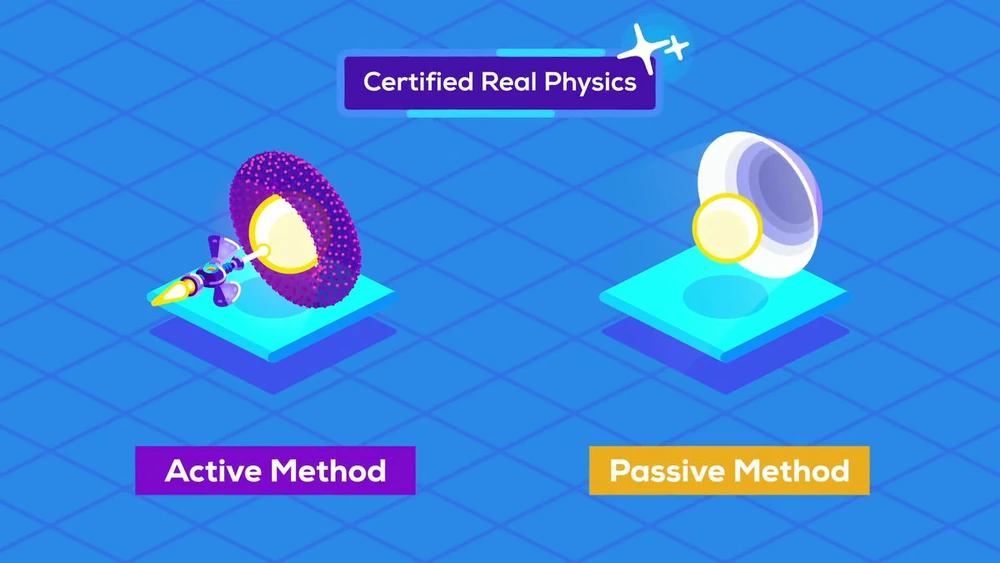A stellar engine is a megastructure that may built by an advanced civilizations to harvest a star's radiation
and convert it into usable energy. Examples include stellar thrusters and Dyson spheres.
If the civilization manages to build such megastructure, this would make them a Type-II civilization on the
Kardashev scale.
Stellar engine

Shkadov Thruster
The Shkadov thruster consists of a giant curved mirror and works on the same principle as a rocket. Like rocket
fuel, photons released as solar radiation bring a little momentum. Since the Sun produces around 10 to the power of 45
photons per second, this will work faster. The goal is to reflect half of the photons, thus creating
thrust, and the Sun will move slowly. This movement will slowly add up.
The Sun will pull the thruster with its gravity, but the radiation produced will be enough to push the thruster
up. This means the thruster must be very light and made from micron thin reflecting foil such as aluminum
alloys.
It must be a parabola, which sends most of the photons around the Sun. It must not be a hollow hemisphere, as
this would reflect the photons back at the Sun. It must only be on top or the bottom of the Sun, to prevent
burning or freezing the Earth with too much or too little sunlight. This will limit our travel option, and
is a slower option, but cheap.

Caplan Thruster
A Caplan Thruster is a Class C stellar engine, that consists of a Dyson swarm and a large space station platform
that is powered by the swarm. It works like a rocket. The large space station, powered by the swarm, will
collect matter from the Sun to power nuclear fusion. The thruster uses electromagnetic fields to funnel
Hydrogen and Helium from the solar wind into the engine. The Dyson swarm will help increase efficiency.
The helium will burn in thermonuclear fusion reactors. A jet of Oxygen14 will be expelled and becomes the
primary source of the propulsion. The hydrogen that is collected will be accelerated with electromagnetic
fields and shoot a jet back to the Sun. This prevents the thruster from falling back into the Sun. It will
be the fastest option and will be more than enough to dodge a stellar collision.


